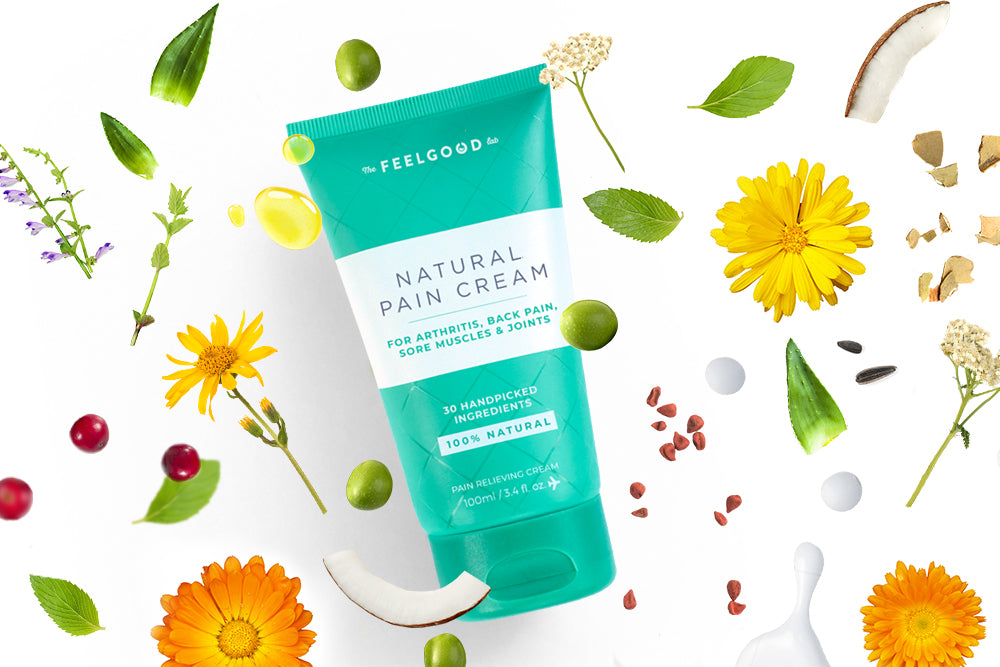Your Cart is Empty
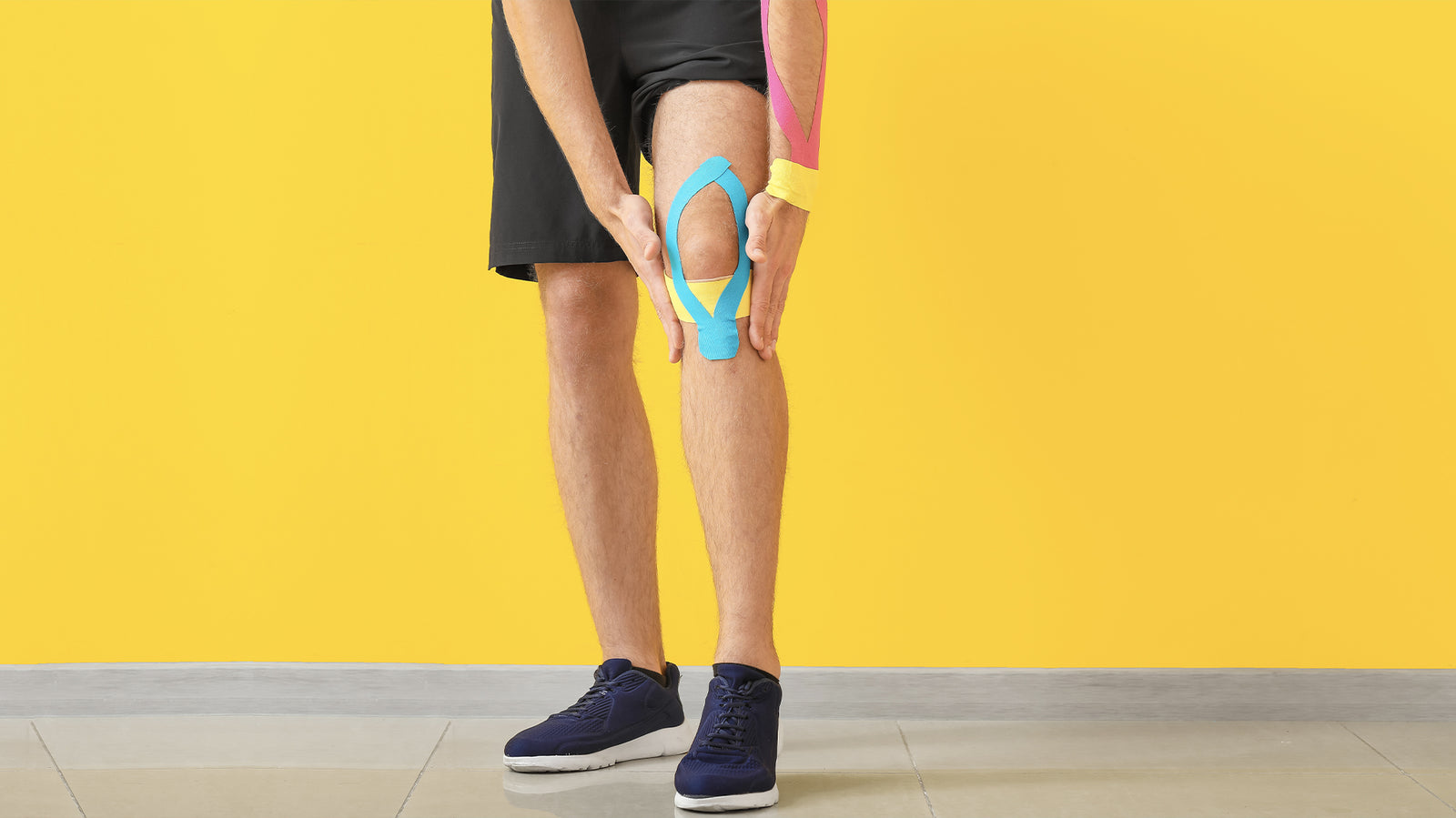
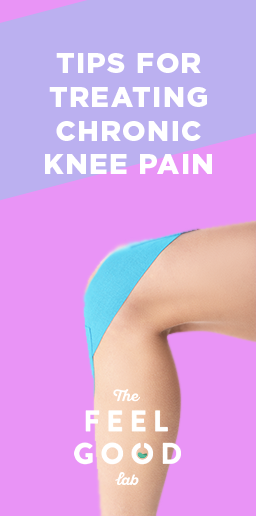 Bad knees might not be an official medical term, but that doesn't make the pain any less real.
Bad knees might not be an official medical term, but that doesn't make the pain any less real.
When your knees hurt, it's hard to focus on anything but the pain (and how to make it go away).
And the longer you suffer, the longer your aching knees will keep you from doing the things you love.
If you have bad knees, relief can't come fast enough.
Here's how to treat chronic knee pain at home for effective results.

If you have bad knees, exercise is usually the last thing on your mind. It hurts to move, so why would you want to subject yourself to an entire workout?
For starters, your weight has a lot to do with chronic knee pain. If you're overweight, the extra weight puts stress on your knees and could be contributing to the condition.
Exercise is one of the most effective ways to lose weight, along with a proper diet.
In addition, movement can help to strengthen the knees and help them to better manage pain.
Running, kickboxing and jumping are definitely off the list. You should also avoid lunges or other stretches that put pressure on your knees.
Low-impact exercises like swimming, walking, and water aerobics won't strain your knees and can be effective in torching calories and building muscle.
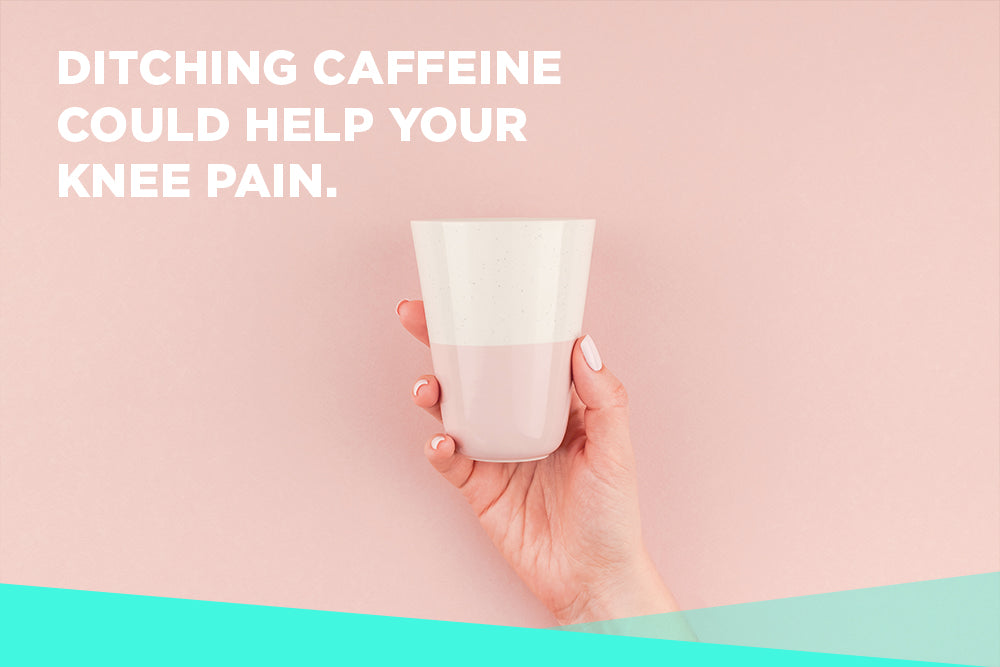
On the surface, caffeine and alcohol have nothing to do with your knees. So why avoid them?
Like many types of pain, chronic knee pain can worsen at night. This alone can interfere with your sleep, so it's a good idea to eliminate as many obstacles as possible that may prevent you from a good night's rest.
And since alcohol and caffeine are known to disrupt sleep, it's best to avoid them completely if you experience nighttime chronic knee pain.
This can help to reduce some of the tossing and turning you do at night that can actually make knee pain worse. When your body can rest at night, you reduce your risk of further irritating your knee joints.
RICE stands for Rest, Ice, Compression, and Elevation. It's a common go-to home remedy for knee pain caused by an injury or inflammation. Here's how it works:
If you've strained or sprained your knee, it's best to get off your feet and allow your knee to rest.
Apply an ice pack to the injured knee to reduce swelling. If you don't have an ice pack, a bag of frozen vegetables makes a good substitute.
Wear a compression sleeve on your knee to help your muscles recover from the trauma. Compression improves blood circulation and helps your injury to improve faster.
Last but not least, keep your leg elevated. This not only forces you to stay off your feet, but can also help to reduce inflammation that causes knee pain.
It's worth mentioning that there is conflicting advice on the RICE method's effectiveness. It's not recommended for all injuries, so your results may be limited.
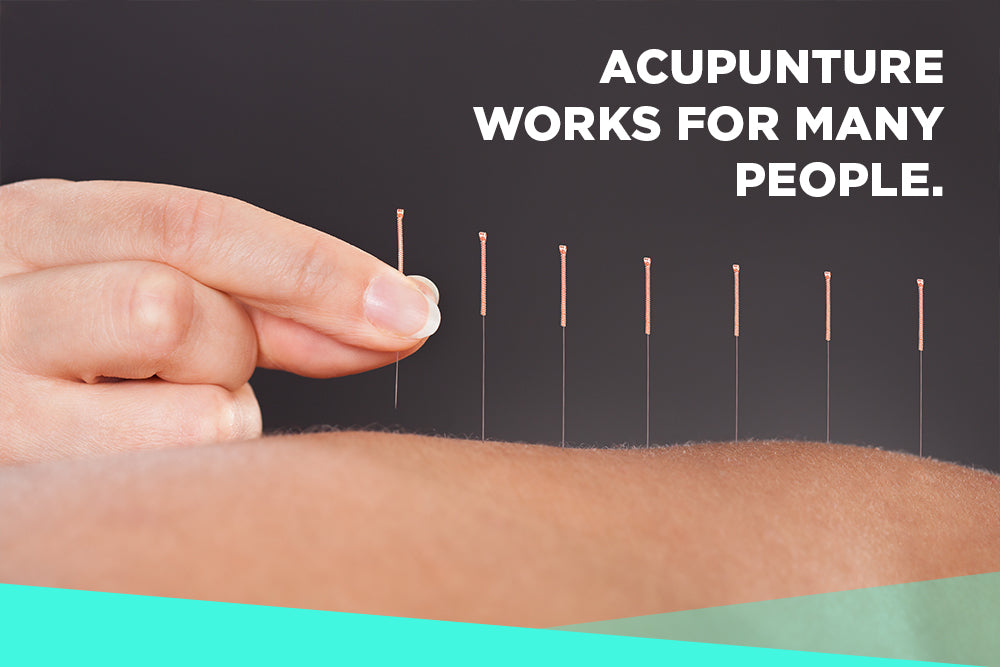
Acupuncture sounds scary, but it can actually provide an effective, all-natural alternative to pain relief.
A traditional form of Chinese medicine, acupuncture involves tiny, hair-thin needles that are inserted into affected areas. These needles stimulate the nerves and send signals to the brain. In response, the brain releases neural hormones, such as Beta-endorphins, to alleviate pain.
The needles are ultra-fine, and many people report not being able to feel them when they are inserted.
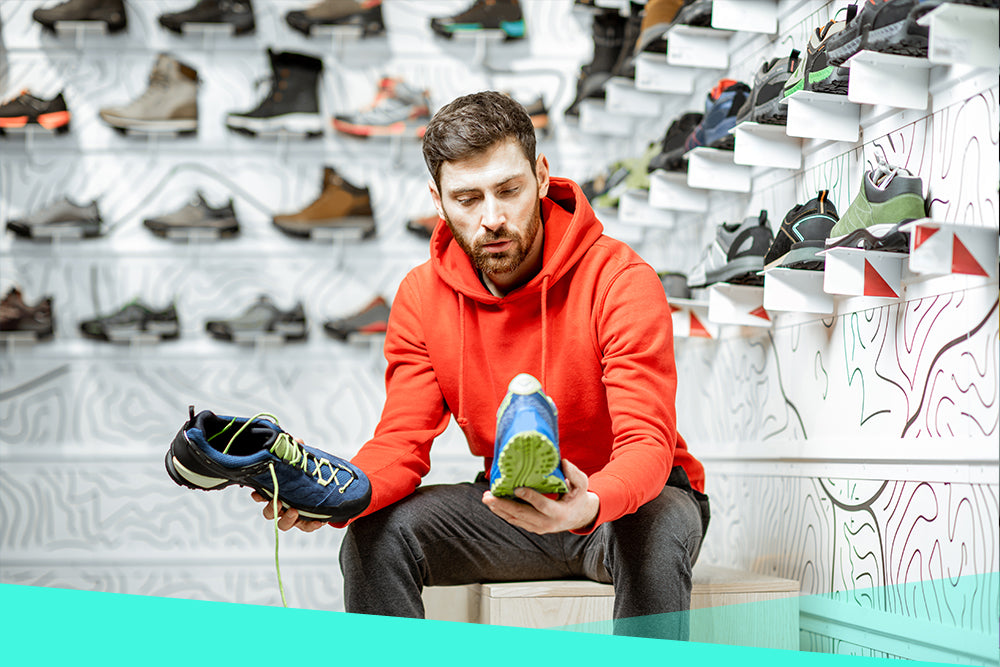
Whether you're on your feet all day for work or simply enjoy a quick daily walk, it's important to wear good shoes to reduce chronic knee pain.
Wearing ill-fitting shoes or shoes that have a worn-out sole can add stress to your knees and make the pain worse.
If you're not ready to part with your favorite pair of shoes, you can use a cushioned insole insert to make your shoes more comfortable. In addition, you could also talk to your doctor about orthopedic insoles or custom-made inserts that can help with bad knees.
There's nothing wrong with getting a little assistance from a cane or walker if you have bad knees. Using a crutch or cane can help to take some of the pressure off your knees as you shift more of your weight to the walking aid.
Alternatively, you may consider using a knee brace or splint to add stability to your steps.
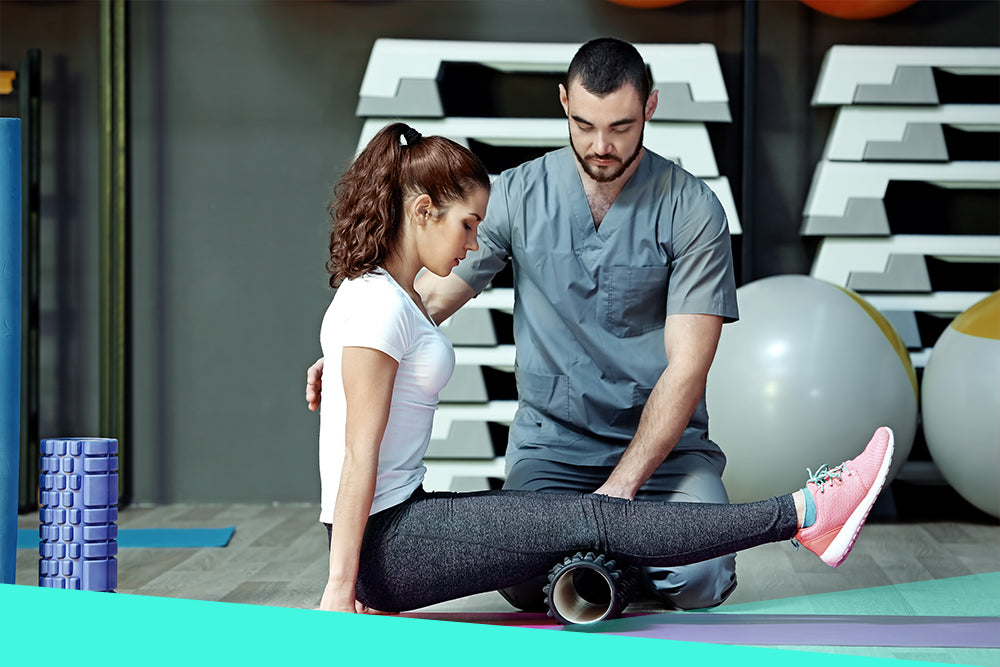
Physical therapy doesn't just treat the symptoms of knee pain. It can help determine the root cause of what's causing your pain in the first place and determine the best way to treat it.
Aside from alleviating pain, physical therapy can help you regain strength in your knee. Your physical therapist may recommend a variety of treatments, including exercises, hot and cold treatments, ultrasound therapy, and electrical nerve or muscle stimulation.
The main downside to using physical therapy is that results don't happen overnight. Rather, most patients with bad knees must go through a program of care that spans several visits before they begin to notice results.
However, if having surgery to repair your knee injury is a possibility, going through physical therapy first might help you to avoid going under the knife.
Many people reach for the ibuprofen when they feel knee pain, but like all medications, ibuprofen doesn't come without its risks.
Stomach pain, nausea, vomiting, and even internal bleeding are just a few of the potential side effects. Plus, ibuprofen doesn't really make your knee pain go away, but rather makes your body less sensitive to the pain.
Instead, consider opting for natural over-the-counter pain relief from The Feel Good Lab. Our topical creams are 100% natural, with no dyes, phthalates, parabens, formaldehyde, PEGs, or other toxins your body doesn't need.
And since you apply it to the skin, you can target it directly to your bad knees for faster, more effective results.
Shop our line of natural pain relief creams today and put chronic knee pain in its place!